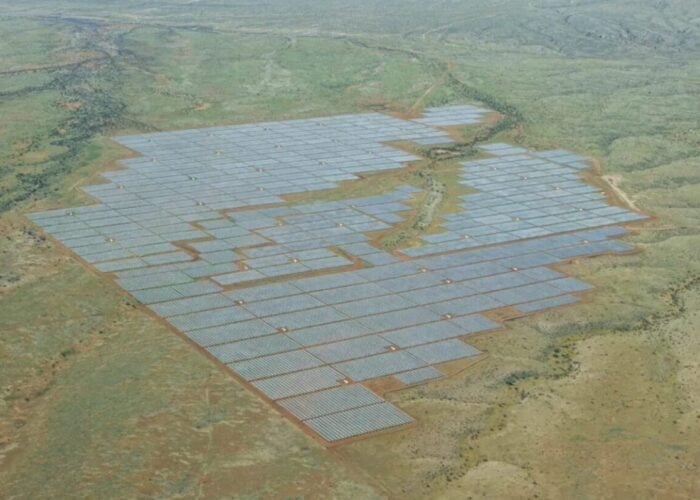Solar companies in the Philippines are planning to push the country’s government to quadruple the amount of solar qualifying for its feed-in tariff scheme, according to reports.
In an interview with Reuters, Theresa Cruz-Capellan, chief executive of the Philippine Solar Power Alliance (PSPA), said the trade body wanted the current FiT ceiling of 500MW extended to around 2GW.
Unlock unlimited access for 12 whole months of distinctive global analysis
Photovoltaics International is now included.
- Regular insight and analysis of the industry’s biggest developments
- In-depth interviews with the industry’s leading figures
- Unlimited digital access to the PV Tech Power journal catalogue
- Unlimited digital access to the Photovoltaics International journal catalogue
- Access to more than 1,000 technical papers
- Discounts on Solar Media’s portfolio of events, in-person and virtual
The Philippines’ FiT for PV has already been raised from an initial 50MW to the current 500MW, but the PSPA wants to go further.
“We will draft an industry roadmap, which we will present to the government as the basis of our proposal which is for 2GW,” Cruz-Capellan told Reuters in an interview.
Market research firms such as IHS have tipped the Philippines as one of the emerging markets to watch in 2015, and a number of big-name firms including SunEdison are already developing early-stage pipelines in the country. But projects have been slow to come forward, in part due to onerous application processes, Cruz-Capellan told Reuters.
“We have to deal with many people in the government from local to national level to get permits,” she said, adding that a rule requiring projects to be 80% complete before developers can apply to receive minimum tariffs, made it difficult to get financing.
However, possibly more promising for the roll-out of solar in the Philippines is the prospect of projects happening outside of the main FiT programme.
In May US firm First Solar announced the formation of a joint venture partnership to build commercial PV projects in the Philippines outside of the FiT. The company’s Asia-Pacific regional manager Jack Curtis told PV Tech the combination of high generation costs and dispersed geography in the Philippines made unsubsidised projects a viable proposition for the country, where blackouts and brownouts are a problem.






